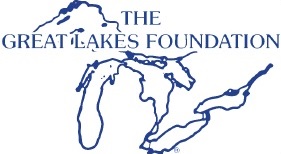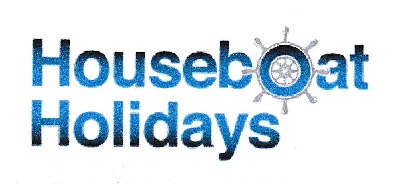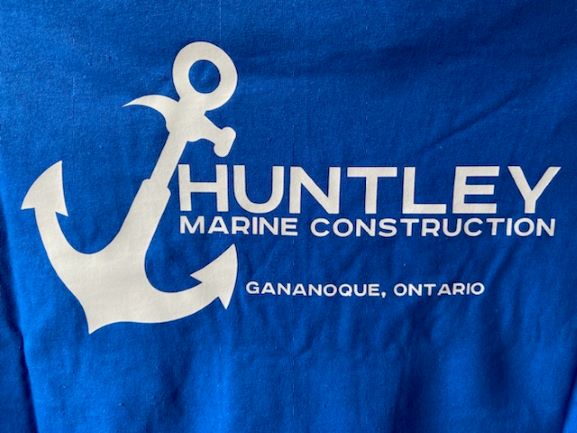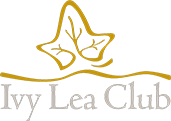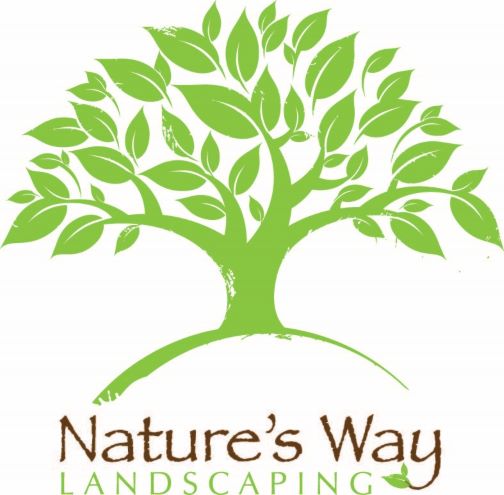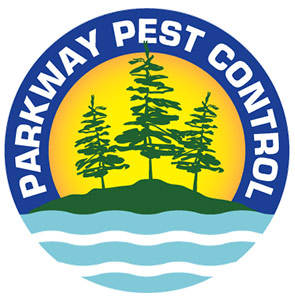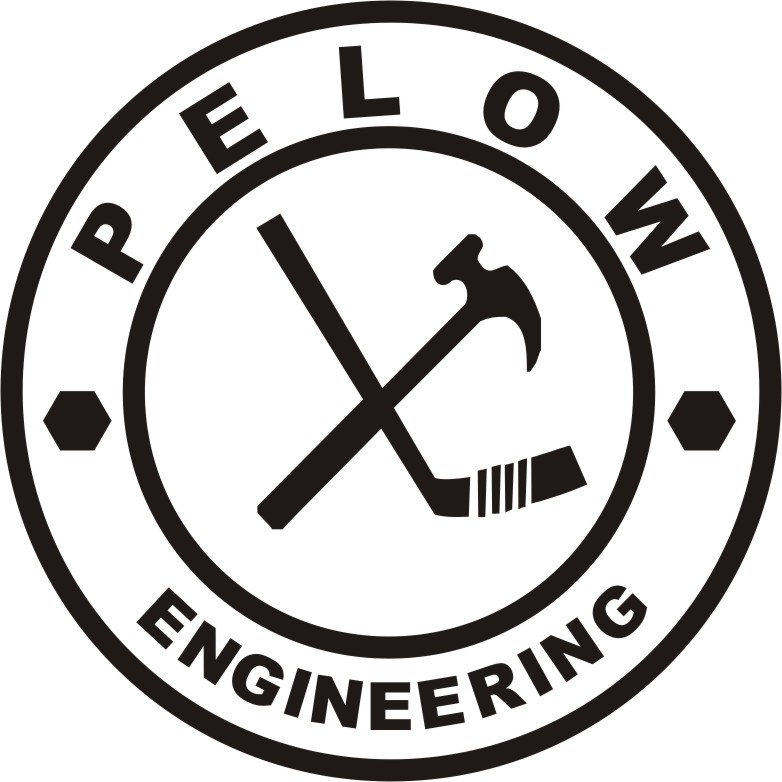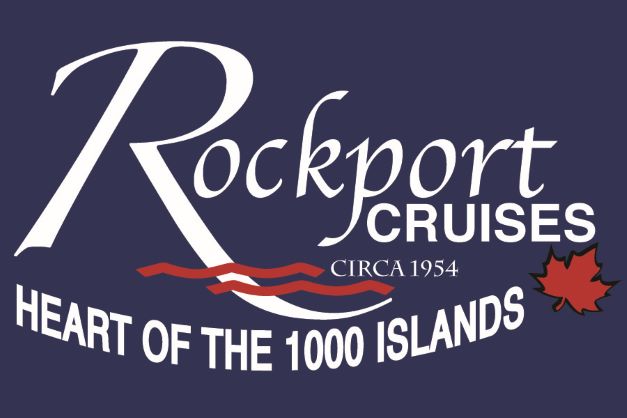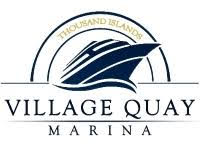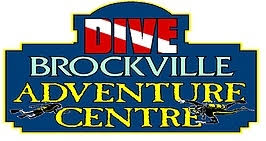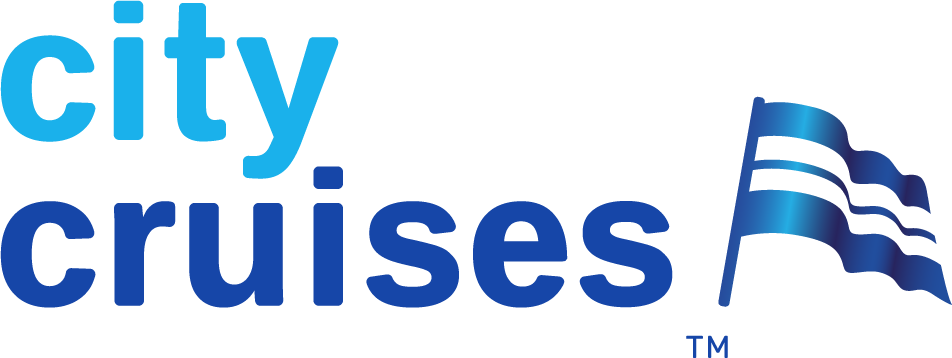Turtles
Species at Risk
Turtles?…What is all the fuss about!
We have all seen “I Brake for Turtles” bumper stickers, or hand painted “Watch 4 Turtles” signs posted on rural post box posts, or news reports of the City of Kingston approving $500, 000 for turtle protection or the recent news about the Thousand Islands region including Thousand Islands National Park being declared an Important Amphibian and Reptile Area (IMPARA) by the Canadian Herpetological Society (CHS)1. So, what is with turtles?

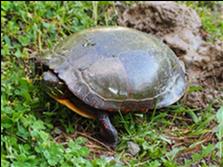
Photo by Dave McWilliam
Five of the 8 turtle species in Ontario listed as species at risk reside in part in the Thousand Islands, thus there is much to be done to prevent turtles from disappearing from our ecosystems. The Blanding’s, Northern Map, Spiny Softshell, Spotted, and Eastern Musk (aka: Stinkpot) are seen as species-at-risk, with the Snapping, Painted, and the Wood rounding out the list.
Given that it takes a decade or two before a turtle reaches breeding age, and that less than 1% of turtle eggs make it to adulthood, saving even a single turtle can make a difference.
Turtle nest protectors are a great way to help our turtle population!
You can purchase a pre-made nest protector here: https://www.turtleskingston.com/nest-protection-program
You can also build your own as a fun DIY project! Here’s a link to an instructional video as well as a material list and step-by-step instructions to make your own.
How to Build a Turtle Nest Protector
Materials
- Untreated lumber, 8′ x 4″ x 2″
- 3″ deck screws x 8 or 12
- 1/2″ galvanized hardware cloth, 2′ x 2′ square (or ¼ inch)
- Staple gun with crown staples..or galvanized fence staples
- 8-10″ steel edging spikes x 4 (or 10’ steel nails)
- Washers (of a size appropriate for spikes) x 4 (optional)
- 6 “ Square electrical cover
- Stake flag (optional)
Construction / assembly
- Cut wood into 2 x 24″ lengths and 2 x 21″ lengths
- Cut openings approximately 2″ wide and 1″ tall into each segment of wood ( or use large hole saw to cut half round holes)
- Assemble wood into a two-foot square by placing the 21″ lengths between the 24″ lengths.
- Use deck screws to attach the pieces together at corners.
- Drill 3/8 or ½ inch holes thro wood from top to bottom about 4-6 inches from corner to provide a hole for holding spikes
- Attach the hardware cloth onto the square frame, either using galvanized staples or screw down with screws & washers
- Insert the spikes into holes in the frame
What else can you can do to improve turtle habitat… at home or at the cottage?
Since the 1800’s, more than seventy-two per cent of Ontario wetland habitats have been drained for various reasons. Turtles as nature’s caretakers have the responsibility of keeping wetlands healthy and clean. They do this by making sure that any insects or small animals that die are eaten and the water is not contaminated. Although most turtles are omnivores, some like the snapping turtle will eat small fish, frogs and even ducklings as well.
This major threat to turtle populations and habitat is often due to shoreline alteration and development. While these are prime locations for the summer retreats, they are also the home and nesting areas of many turtles, which are very sensitive to these shoreline alterations.
As a waterfront home or cottage owner, there are many things you can do to improve turtle habitat on your property. It is important to keep your shoreline as natural as possible. If there have already been alterations of the natural shoreline you can rehabilitate these unnatural shorelines by removing things like retaining walls and riprap to make them suitable for turtles once again, and this will discourage Canada Geese as well.
In keeping with this simple, “go natural” philosophy, it is very important to foster existing native shrubs and trees or replant those removed. Also, the maintenance of an un-mowed strip of native vegetation 10 meters ( 30 feet) deep along the shoreline assists with both erosion and species habitat. The mechanical removal of the invasive Phragmites australis (European Common Reed) perennial grass that is spreading rapidly throughout Ontario is an excellent activity as it chokes out native vegetation and depletes natural habitat.



